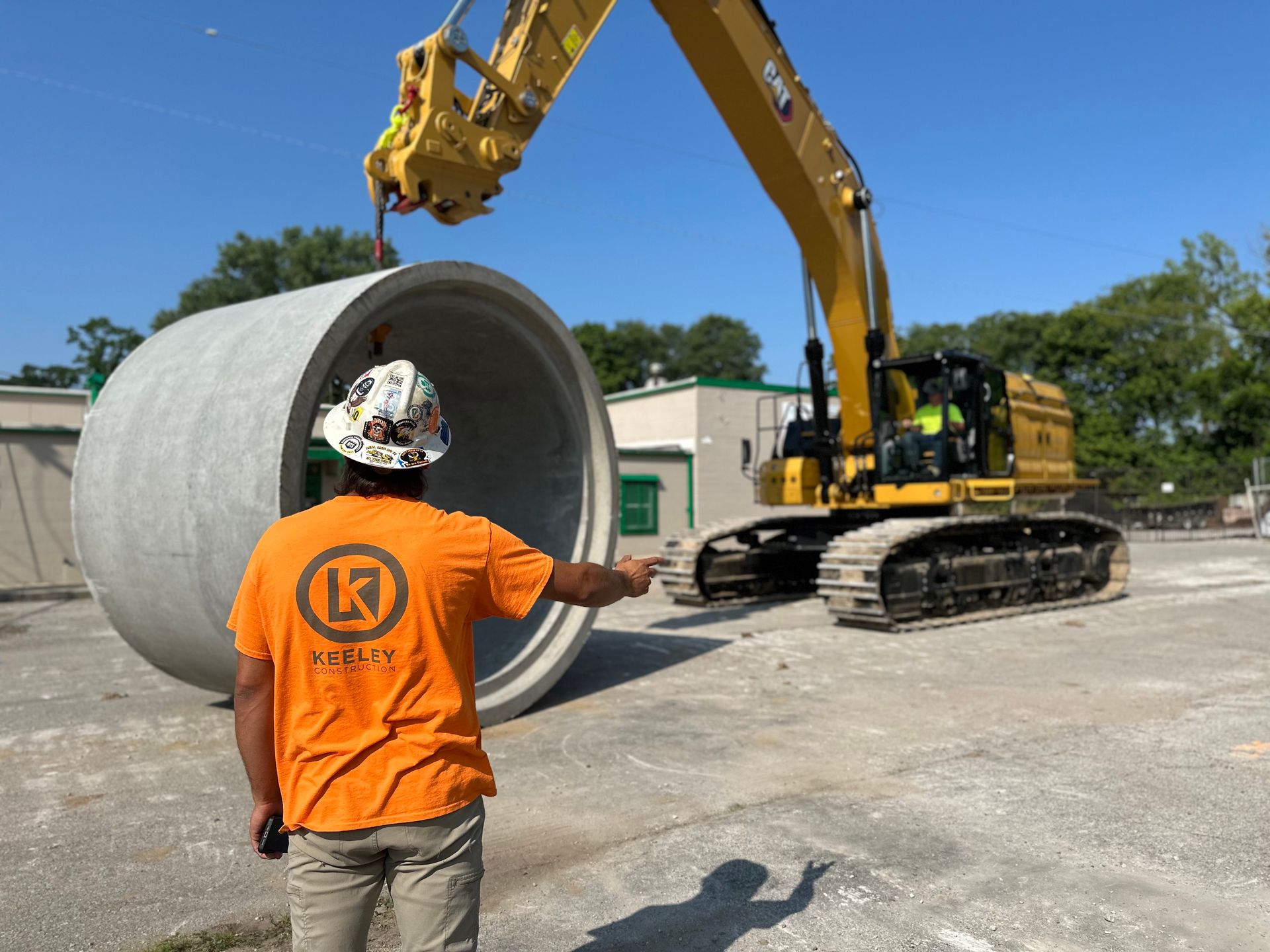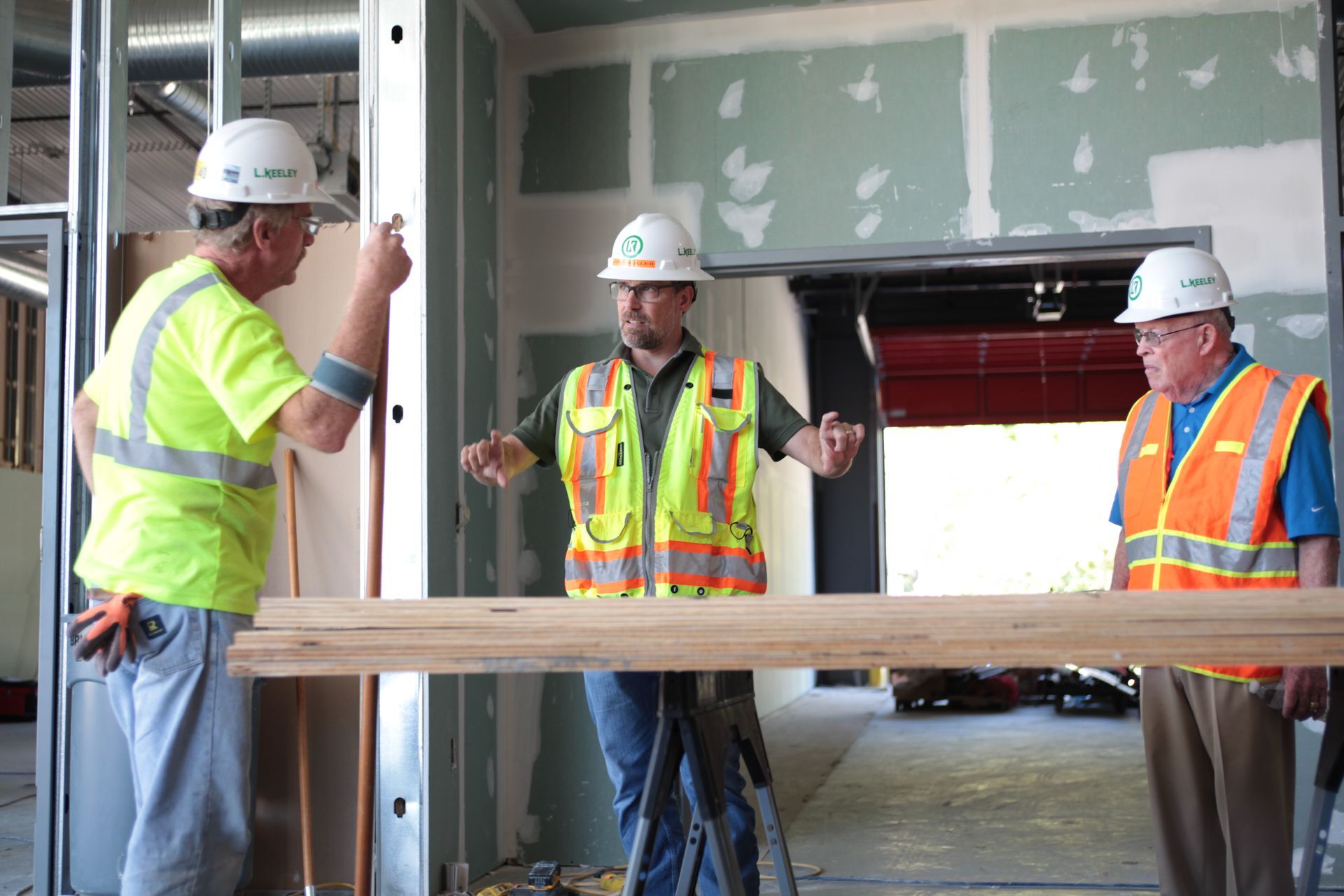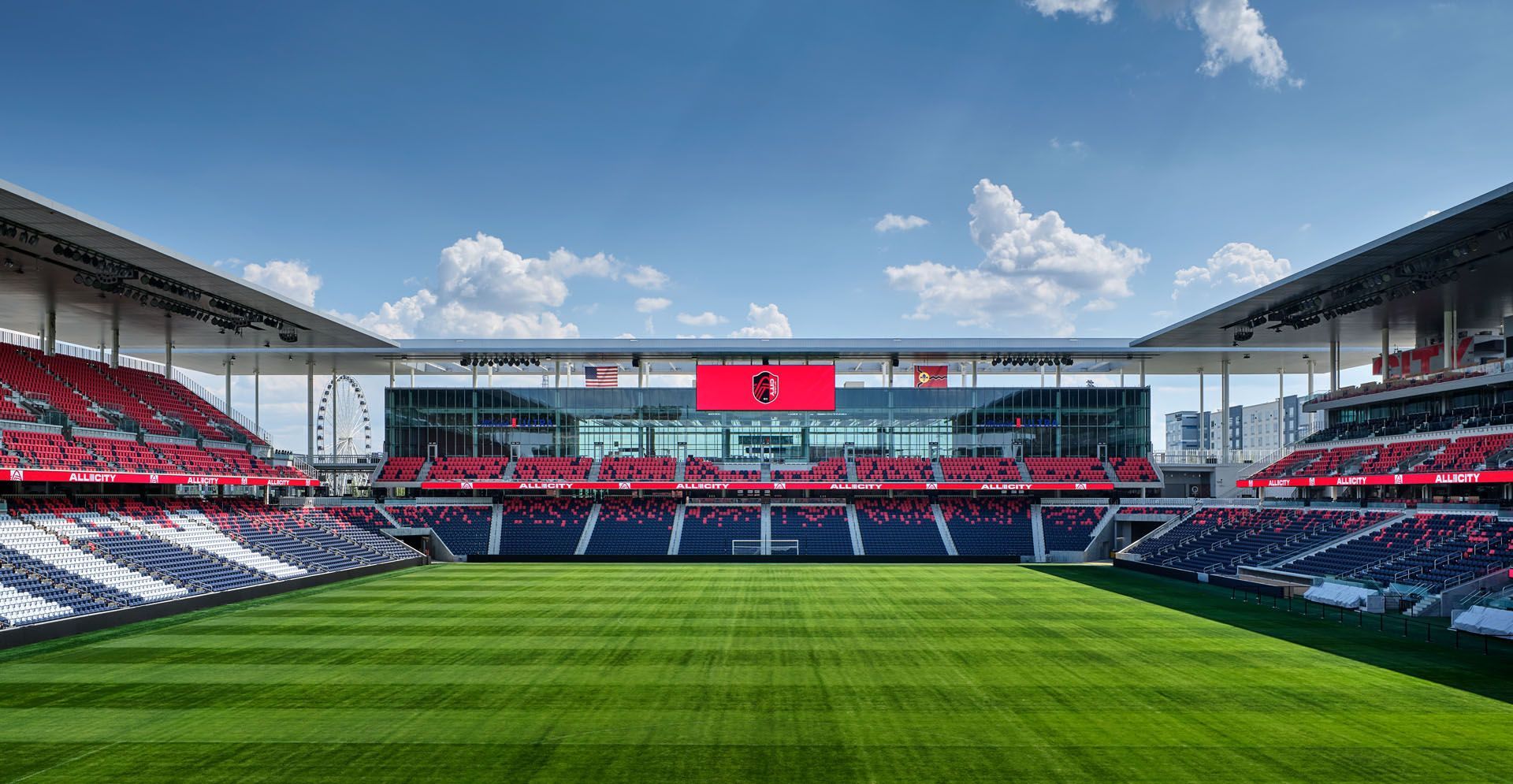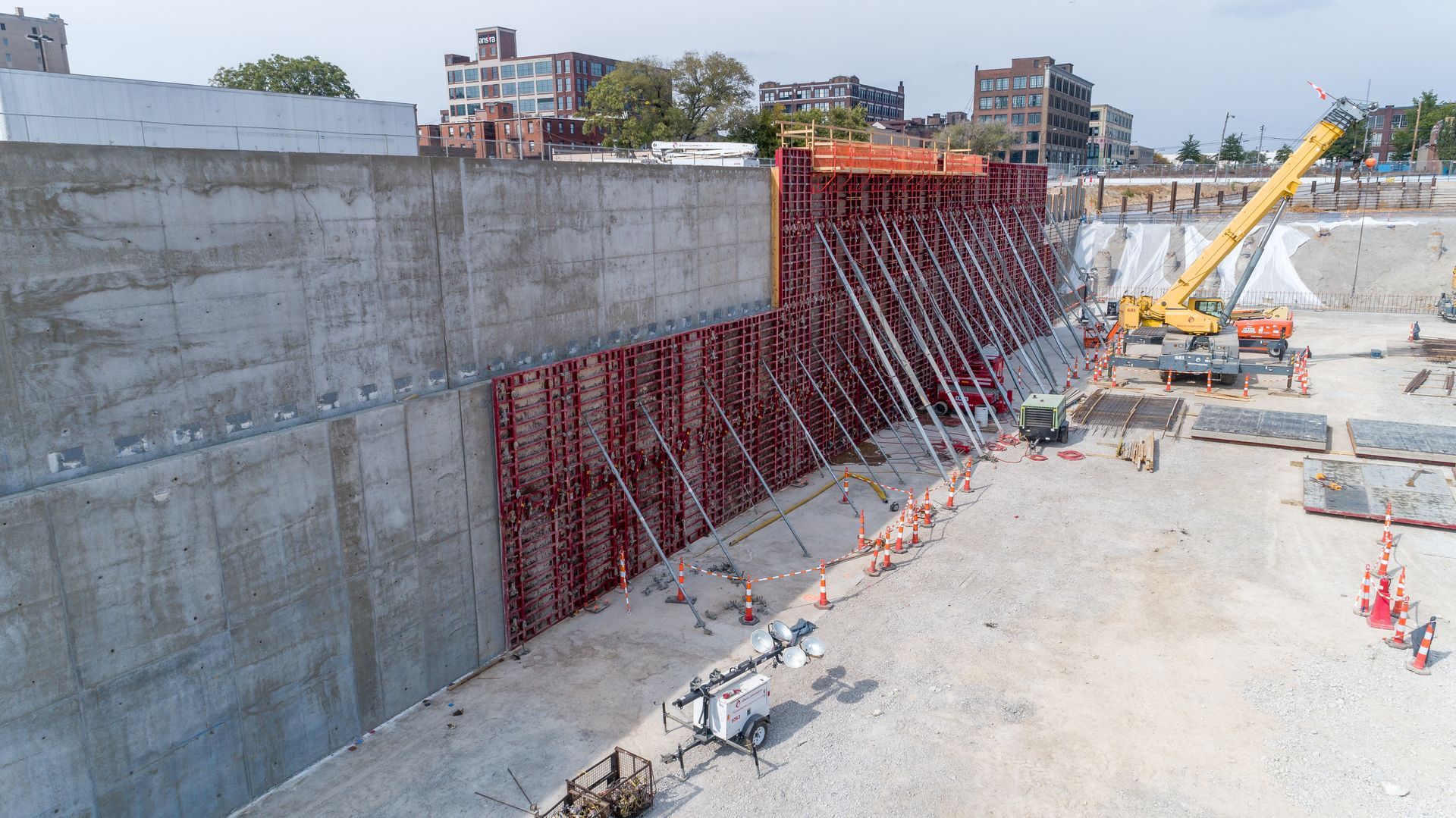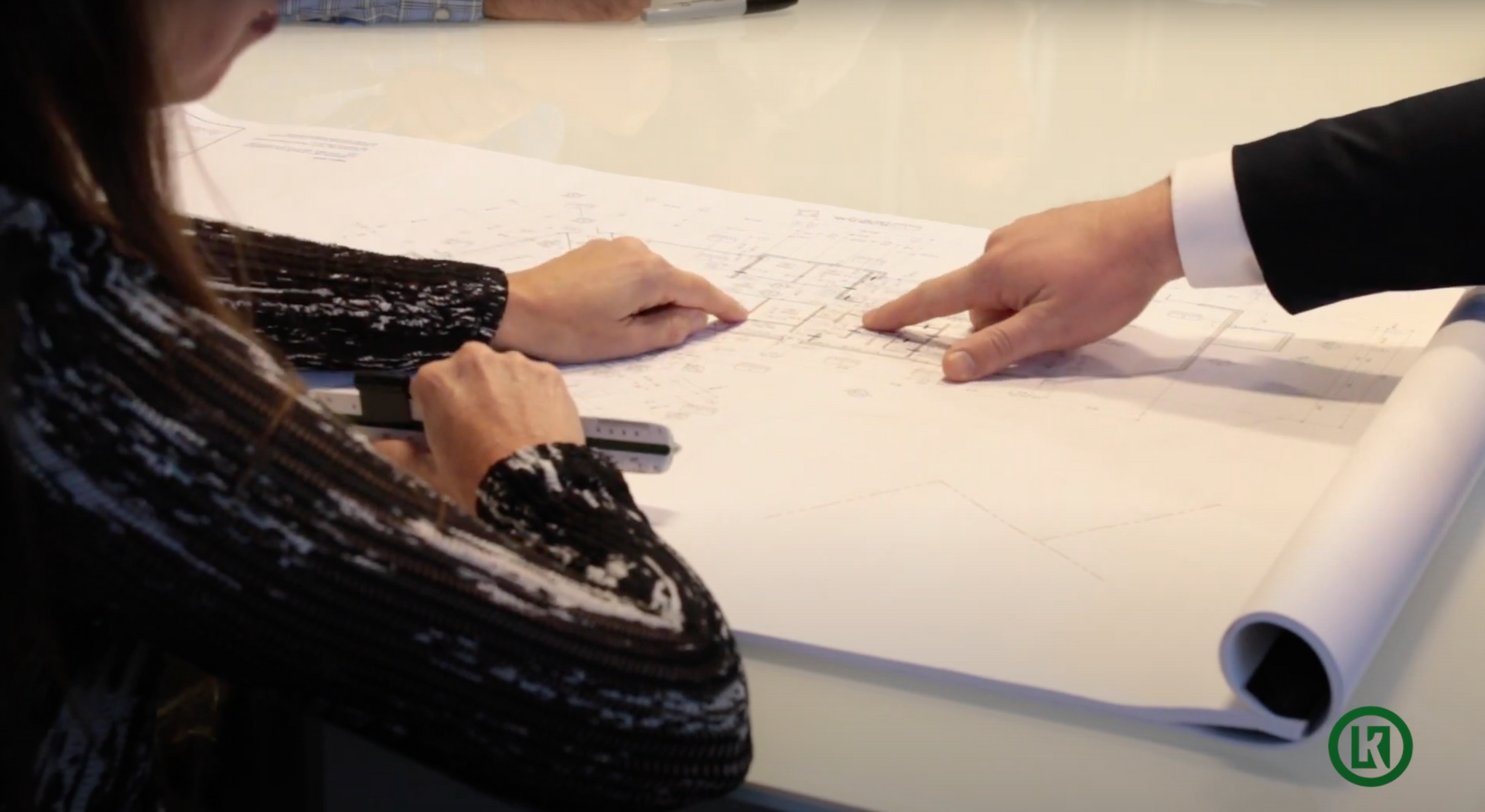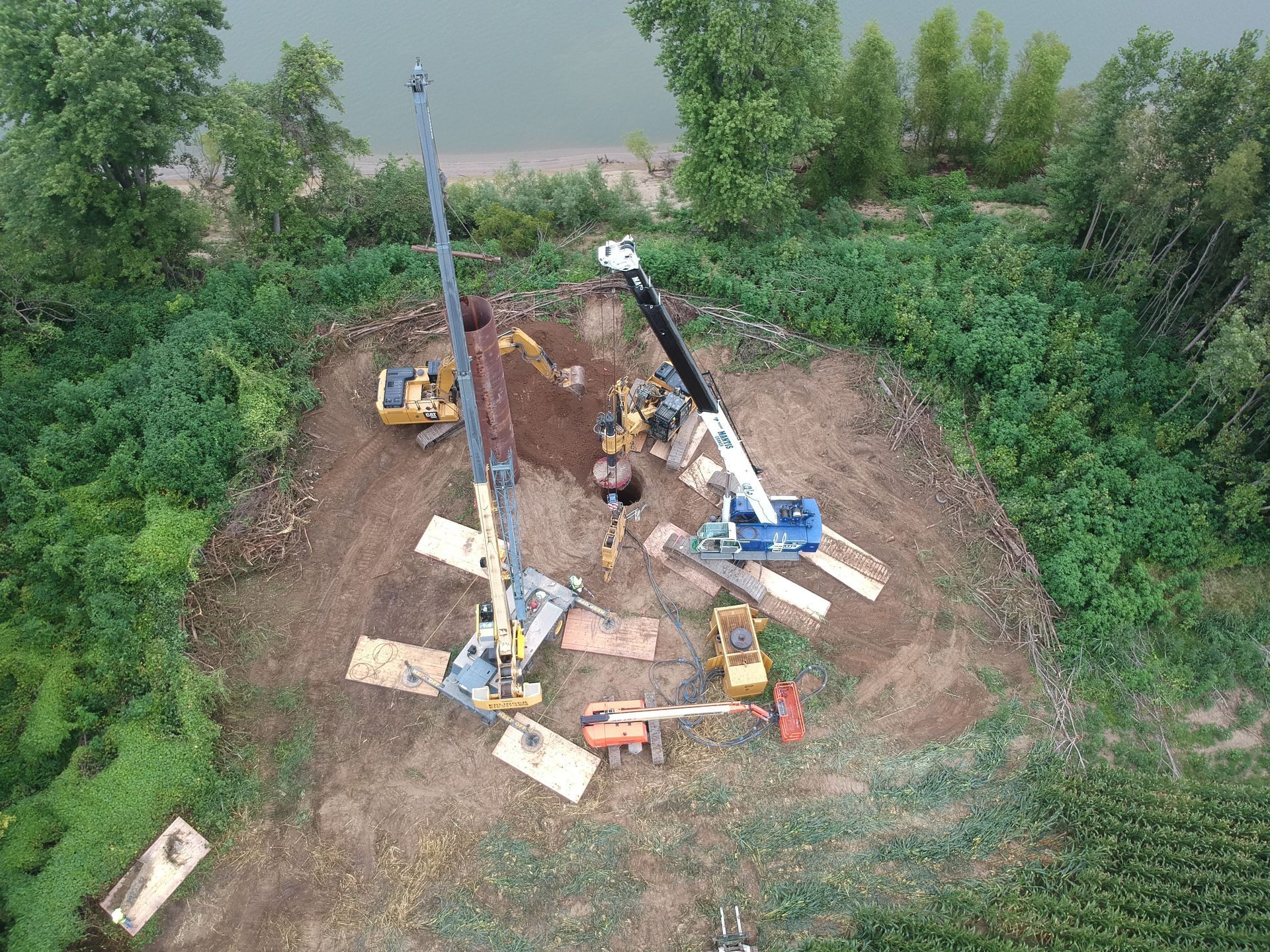Plan | Design | Build Step Two: What is Design?
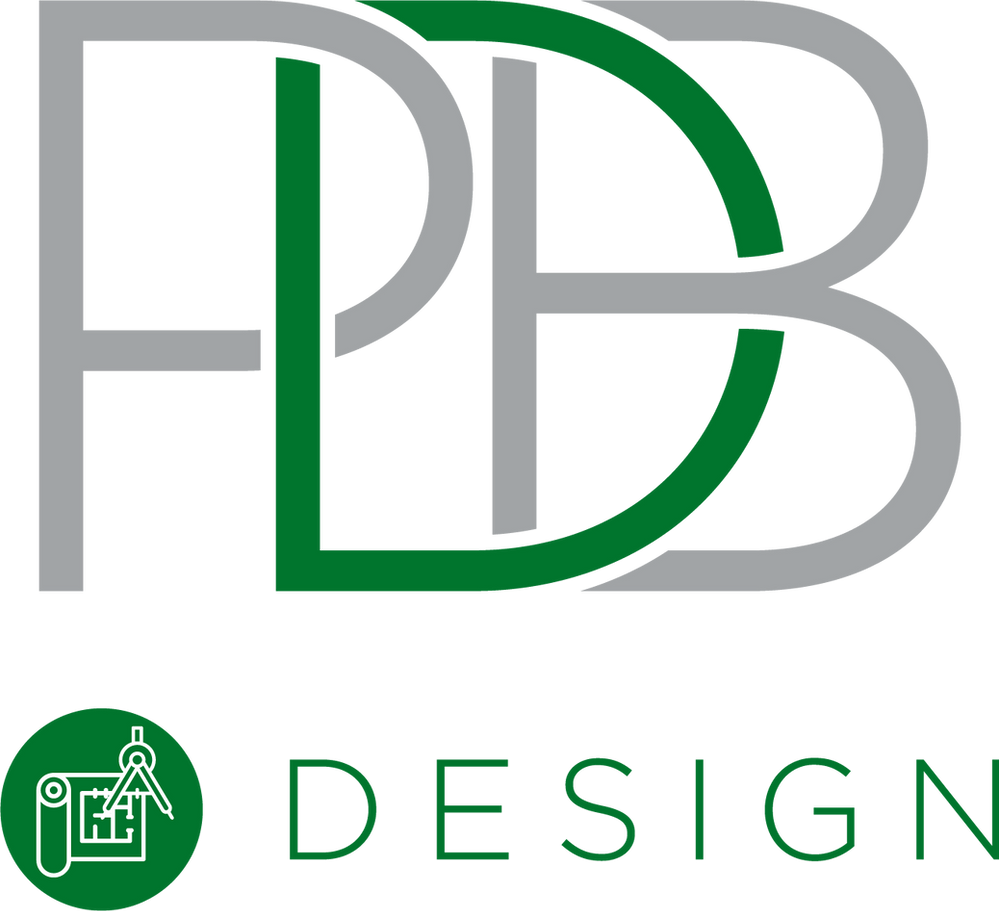
By: Derek Maschek
What is design, particularly as it relates to construction? Design in this context is architecture, and is, as both verb & noun, an action and a consequence.
However, that doesn’t answer the question.
I recommend working backwards using the thoughts of an eloquent and brilliant ancient Roman, Marcus Vitruvius Pollio. In his Ten Books on Architecture, he arrived at three criteria for judging architecture: Commodity, Firmness, and Delight. The first consideration is budgetary, which of course includes the project schedule. The second consideration is about all things engineering, technology, systems, and materials. Commodity and Firmness are very objective, quantifiable, and measurable. The last consideration is instead quite subjective. Delight goes beyond style or just being attractive inside and out to include functional quality. It is frustratingly open to opinions that describe it as good or bad, better or worse, ugly or beautiful.
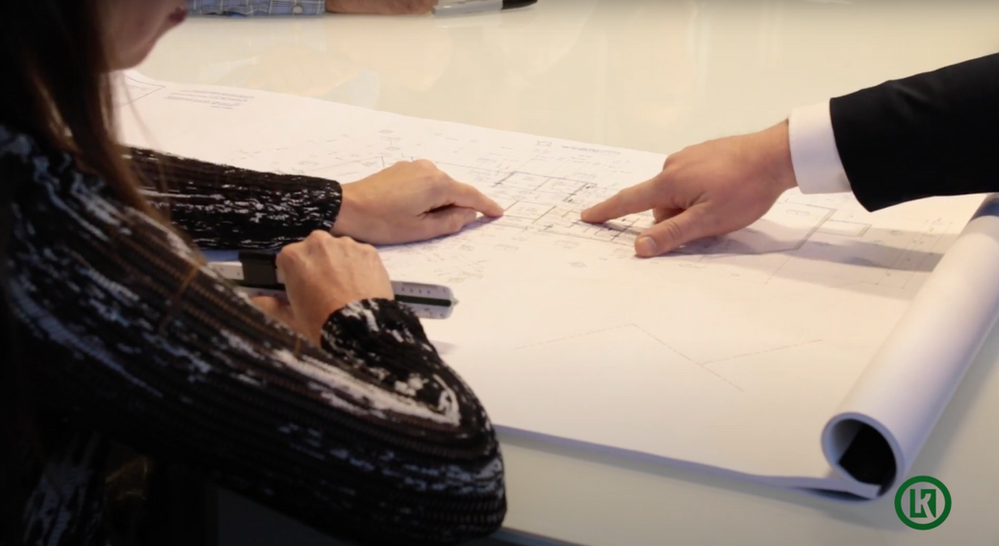
However, Delight is where many, especially architects and interior designers, focus upon as being the goal of design. Computer software and processing power have made it easier than ever to produce flashy and realistic looking design images that have helped further entrench this misunderstanding. Fundamentally, architecture - and therefore design - seeks to find a unique balance between those three factors Vitruvius laid out or us, and that balance varies for each client and each project.
In order to explain this another way, I’d offer that design which results in a built and habitable form, comes in four general groupings; art, Architecture (capitalized), architecture, and building.
Art would be structures that, while they can be occupied, undeniably seek to Delight above all other considerations. Think of monuments like St. Louis’s Gateway Arch, any number of Aerospace needles, the Washington Monument, and Paris’ Eiffel Tower. These are sculptures at a large scale in which practical considerations are an unfortunate reality, barely tolerated and sometimes outright ignored.
Architecture with a capital “A” is what nearly all higher education design programs push as the aspirational purview of architects and interior designers. This is the territory of projects that make it onto magazine covers and into cocktail party debates. Again, the equation leans definitively towards Delight, with the other more practical considerations being at subservient levels. Leaky roofs, unbalancable mechanical systems, and the inefficient and gratuitous use of materials are usually ingredients of such Avant Garde projects. These projects are frequently innovative, stir controversy, and frequently inspire and demand generous contributions for their ongoing maintenance. Architecture is important, special, and rare as it is generally expensive and difficult to both design and build.
Building on the other end of the spectrum from Architecture, Delight is the least concern, except maybe for the functional aspects. Commodity is the dominant consideration followed closely by Firmness. These are warehouses, factories, and strip malls. Buildings are a necessary cost to achieve an end and absolutely nothing more. Building can become architecture or even Architecture over time, usually through renovation and adaptation, but are not intended as such initially. This is the easiest and therefore most cost-effective of the four design approaches as it is quite straightforward, pragmatic, and efficient.
The area where most design practice dwells is architecture, uncapitalized but no less important. Commodity, Firmness, and Delight are in balance, although not necessarily equally so. Many architects and interior designers, and even clients, want to behave as though they are engaging in capital Architecture, and will squander design fees quickly and blow construction budgets before a contractor ever begins the calculation. Lower case architecture is about honestly and proactively balancing Vitruvius’ equation, setting aside ego in the quest to arrive at the most appropriate balance. Here, design is a balancing act, one tailored to and done for the well-being of the client and the project.

Design is not restricted to a single moment or phase either, but instead is a continuous balancing process, as there are many forces that will seek to alter the ratios so carefully decided, intentionally or not. The process begins with initial information gathering and concludes only when the client has moved in and is utilizing the structure for its intended purpose, always recalibrating in an effort to hold course. Design best visually described as a rather chaotically spiraling funnel which begins at the top with broad but very consequential ideas and decisions, and through a constant series of iterations and assessments, narrows down until the smallest details and decisions are made. This process is where rigor and talent meet knowledge and resources for maximum effect.
As the biggest and most consequential decisions happen at the beginning, the design process is also best executed when embraced as a collaborative team effort. The process of finding and staying on the right design path is beyond the abilities of any one individual or select few, which is why the team must include engineers and other specialists. The broadest array of appropriate questions needs to be asked, and answers need to be thoroughly and honestly vetted. Wants and needs must be identified, clarified, and prioritized while concepts need to be explored and developed, then tested and evaluated from multiple perspectives. Every idea and decision need to be documented and communicated to those that will build what’s been designed. This is why a design team should in particular include experts in construction, although they are not classically considered designers. The more broadly skilled and experienced the team is, and the longer the team is collaborating, the greater the chances for a quality result.
Lastly, in answering what is design it must be said that design, except in rare circumstances, is also a business. This is a hard concept, even for many architects and interior designers, to fully internalize. It can be a difficult pill to swallow for some clients to accept that while yes, architects and interior designers are indeed there to help, they actually sell their services with the goal of making money. Universities would serve their student populations well to drive this point home as they send new professionals into the world.
You can see now that the question we asked at the beginning is best understood by dissecting how the end goal is achieved, and not by simply considering the end result. The structure at the end is not the outcome of an act of brilliance or limited to a design phase, and it certainly isn’t a commodity able to be taken from a shelf. It is the result of a balance-seeking process that takes a skilled team, time, and effort. This is the service that a client is paying for and shortcutting any part jeopardizes the quality of the result. To truly understand the answers of design requires understanding the Vitruvian equation that preceded it.

